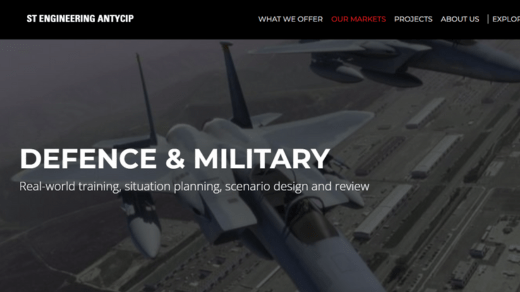Virtual Reality (VR) technology has made remarkable strides in recent years, transforming various industries by providing immersive and interactive experiences. In the military domain, VR has emerged as a powerful tool, revolutionizing training methodologies, simulation exercises, and operational planning. This article explores the profound impact of Virtual Reality in military applications, delving into the benefits, diverse use cases, and the potential it holds for enhancing the capabilities of armed forces worldwide.
- Immersive Training Environments:
One of the primary advantages of VR in the military is its ability to create highly realistic and immersive training environments. Virtual Reality allows soldiers to engage in lifelike simulations that closely mimic real-world scenarios, providing invaluable hands-on experience without the risks associated with live training exercises. From urban warfare simulations to vehicle operation drills, VR facilitates immersive training across a spectrum of military disciplines. - Enhanced Skill Development:
VR simulations enable military personnel to hone a wide range of skills, from marksmanship and tactical decision-making to medical procedures and communication strategies. These realistic training scenarios contribute to enhanced muscle memory, rapid decision-making under pressure, and the development of critical skills essential for military operations. VR provides a dynamic and adaptable platform for continuous skill development and refinement. - Cost-Effective Training Solutions:
Traditional military training exercises can be costly, involving logistics, equipment, and sometimes extensive travel. Virtual Reality offers a cost-effective alternative by reducing the need for physical resources. Soldiers can undergo training in a virtual environment using VR headsets and controllers, minimizing the expenses associated with live ammunition, equipment wear and tear, and transportation. - Scenario Customization and Adaptability:
VR technology allows military trainers to customize scenarios to meet specific training objectives. From altering terrains and weather conditions to introducing unexpected challenges, the adaptability of VR simulations ensures that soldiers are prepared for a diverse range of situations they might encounter in the field. This customization capability enhances the realism and effectiveness of training programs. - Remote Training and Collaboration:
Virtual Reality facilitates remote training, enabling military personnel located in different geographic regions to participate in joint exercises and collaborative drills. This is particularly valuable for multinational forces engaged in joint operations. VR platforms offer a shared virtual space where soldiers can collaborate, strategize, and practice coordinated responses in a realistic setting. - Medical Training and Rehabilitation:
VR extends its utility to medical training within the military, allowing healthcare professionals to practice surgeries, trauma care, and emergency procedures in a realistic virtual environment. Additionally, VR-based rehabilitation programs are employed to assist injured soldiers in their recovery process, providing therapeutic exercises and activities in a controlled and monitored setting. - Mission Planning and Analysis:
Beyond training, Virtual Reality plays a crucial role in mission planning and analysis. Military commanders can use VR to visualize and simulate tactical scenarios, assess potential risks, and refine strategies. VR aids in creating 3D models of terrain, buildings, and other relevant features, offering a comprehensive understanding of the operational environment. - Reduced Environmental Impact:
Live military exercises can have a significant environmental impact, especially in terms of resource consumption and waste generation. VR-driven training mitigates this impact by significantly reducing the need for large-scale physical exercises. This aligns with broader sustainability goals within military operations.
Conclusion:
The integration of Virtual Reality in military applications represents a paradigm shift in how armed forces train, prepare, and conduct operations. The immersive nature of VR simulations, coupled with their adaptability and cost-effectiveness, positions this technology as a transformative force in military training methodologies. As technology continues to advance, the potential applications of VR in the military will likely expand, further enhancing the preparedness and capabilities of armed forces globally. Virtual Reality is not merely a tool; it is a cornerstone in shaping the future of military training and operational excellence.
Check out ST Engineering Antycip

